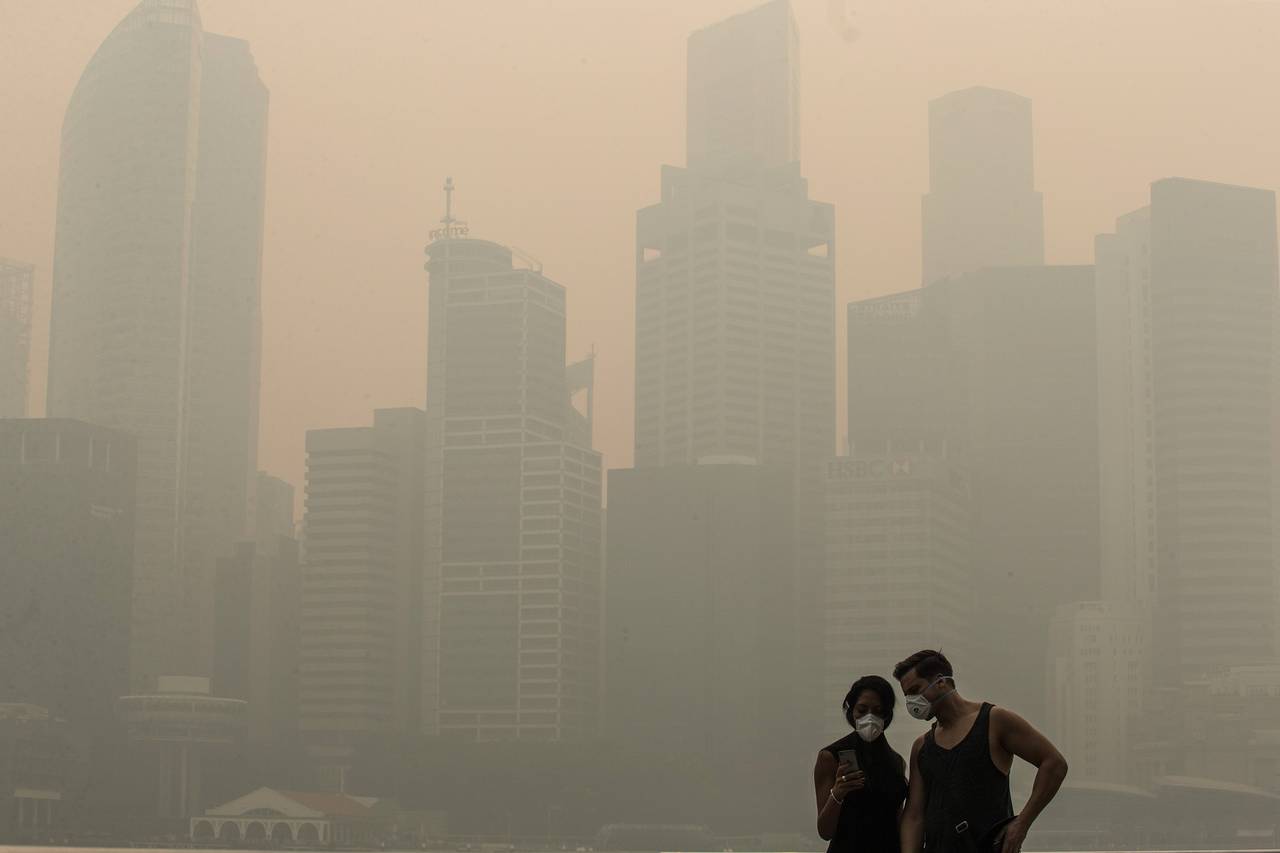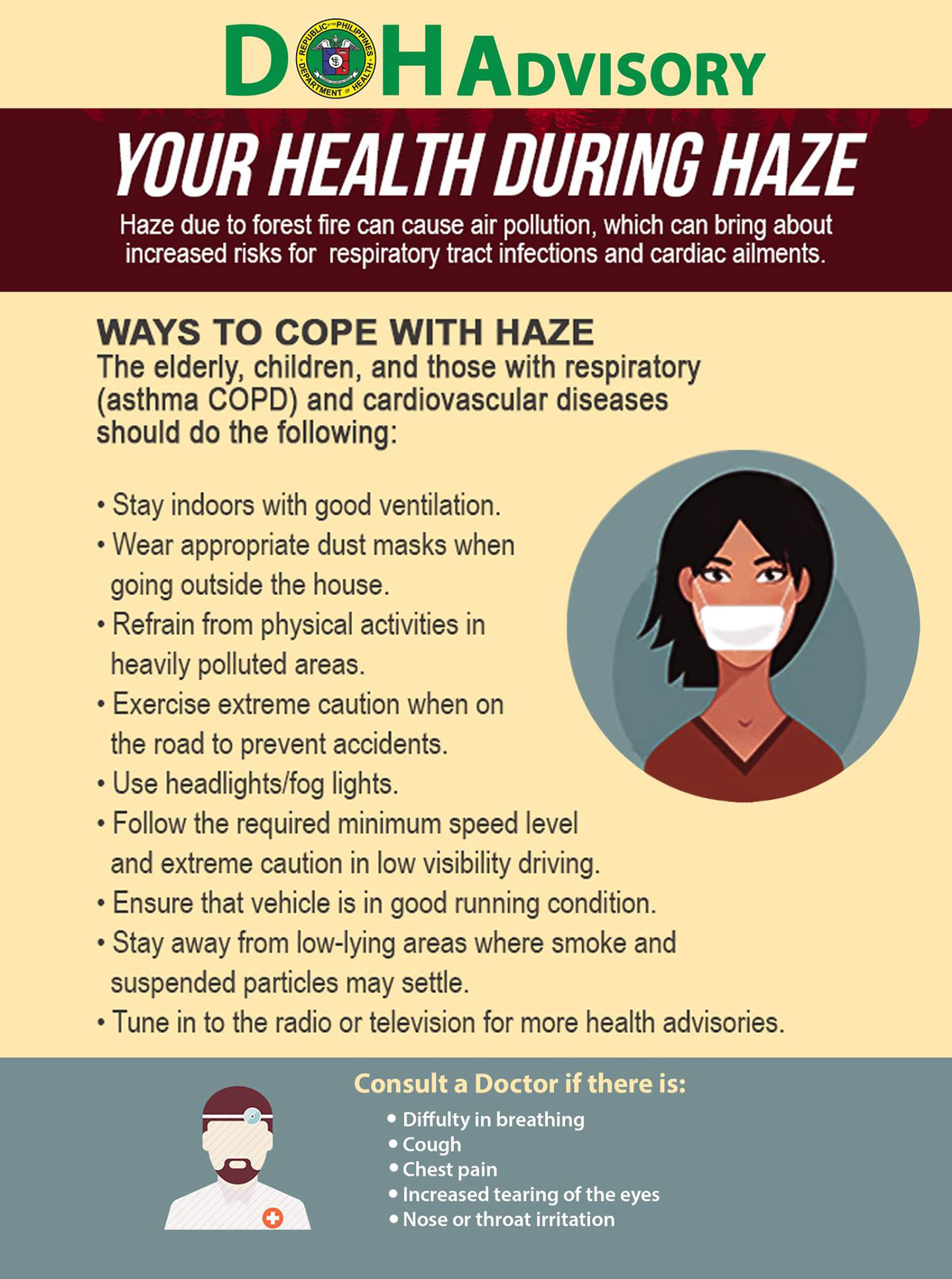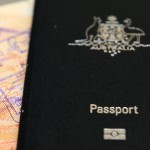Haze Alert: Traveling to Southeast Asia
What you should know.
by WindowSeat.ph | November 05, 2015
Proper planning can make a world of difference between having a good vacation and a bad one. Of course you have to check your flights and where you’ll stay, and of course you’ll check on the weather this time of year in order to pack appropriately, but there are occurrences that we have no way of preparing for, let alone expect. The Indonesian Haze that has spread across Southeast Asia is one of them.
What is Haze?
Fires, also known as slash-and-burn, are an illegal yet commonly practiced method of clearing unwanted crops and vegetation from land otherwise used for agriculture. These fires, combined with forest fires common to Indonesia during the dry season, got out of hand and the corresponding haze and smoke has spread.
The haze has affected more than half of the ASEAN countries, namely Indonesia itself, Brunei, Malaysia, Singapore, southern Thailand, Cambodia, Vietnam and the Philippines.
How bad is it for me?
Apart from Indonesia itself, Singapore and Malaysia have also reported hazardous levels of haze in their countries.
More than 500,000 Indonesians have reported respiratory illnesses due to the pollutants in the air, including but not restricted to pneumonia, respiratory tract infections, and skin allergies. The country’s death toll from the effects of the haze has reached 19 casualties, as the PSI (Pollutants Standard Index) levels were reported to have reached close to 2,000 in the country. Thousands have fled the most heavily affected islands of Borneo and Sumatra.
Singapore has reached highs of upwards of 340 on the PSI, whereas anywhere near the vicinity of 300 is already considered hazardous by the World Health Organization. The Singaporean government has taken action against companies who have suspected responsibility in the fires.
The Global Fire Emissions Database, which is linked to NASA, estimates that the fires have released around 600 million tons of greenhouse gases since June.
Where is it now?
Haze is still over the Southeast Asian region, but no hotspots have been reported since Indonesia deployed 21,000 troops to manage the fires.
You can keep track of the haze here.
How do I prepare for it?
To avoid breathing in the pollutants in the air, travelers are encouraged to bring their own masks if heading to the heavily affected areas like Indonesia and Malaysia. Singapore’s PSI has averaged less than a hundred in the last week, improving their air quality from hazardous to moderate.
Travelers to Southeast Asia can breathe a bit easier now that rains have come to help quell the fires, but the region isn’t out of the woods yet as it deals with the long-term effects of the haze on global warming and climate change.
Do you have any advice for travelers looking to visit the region? Share it by leaving a comment below.











